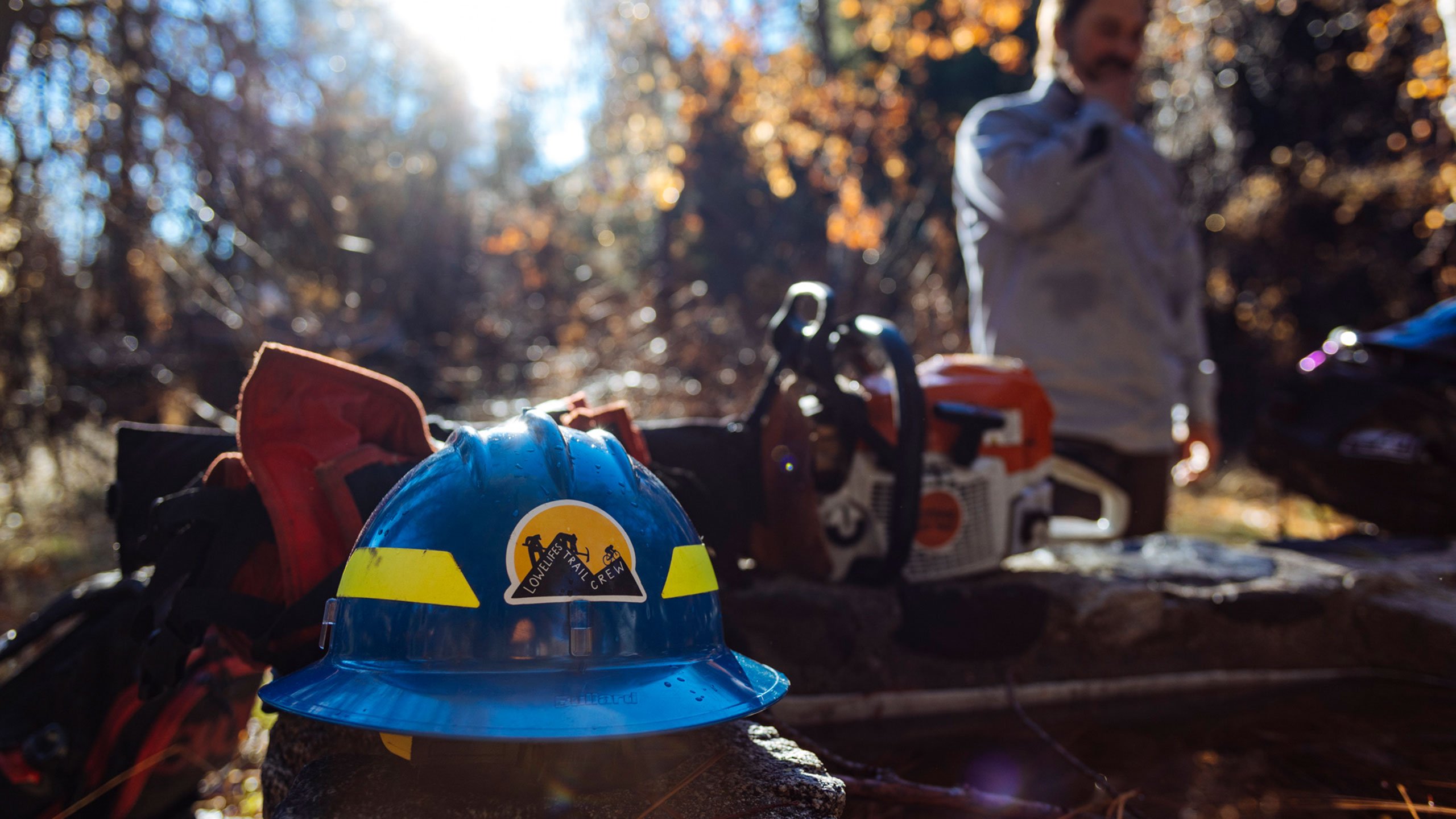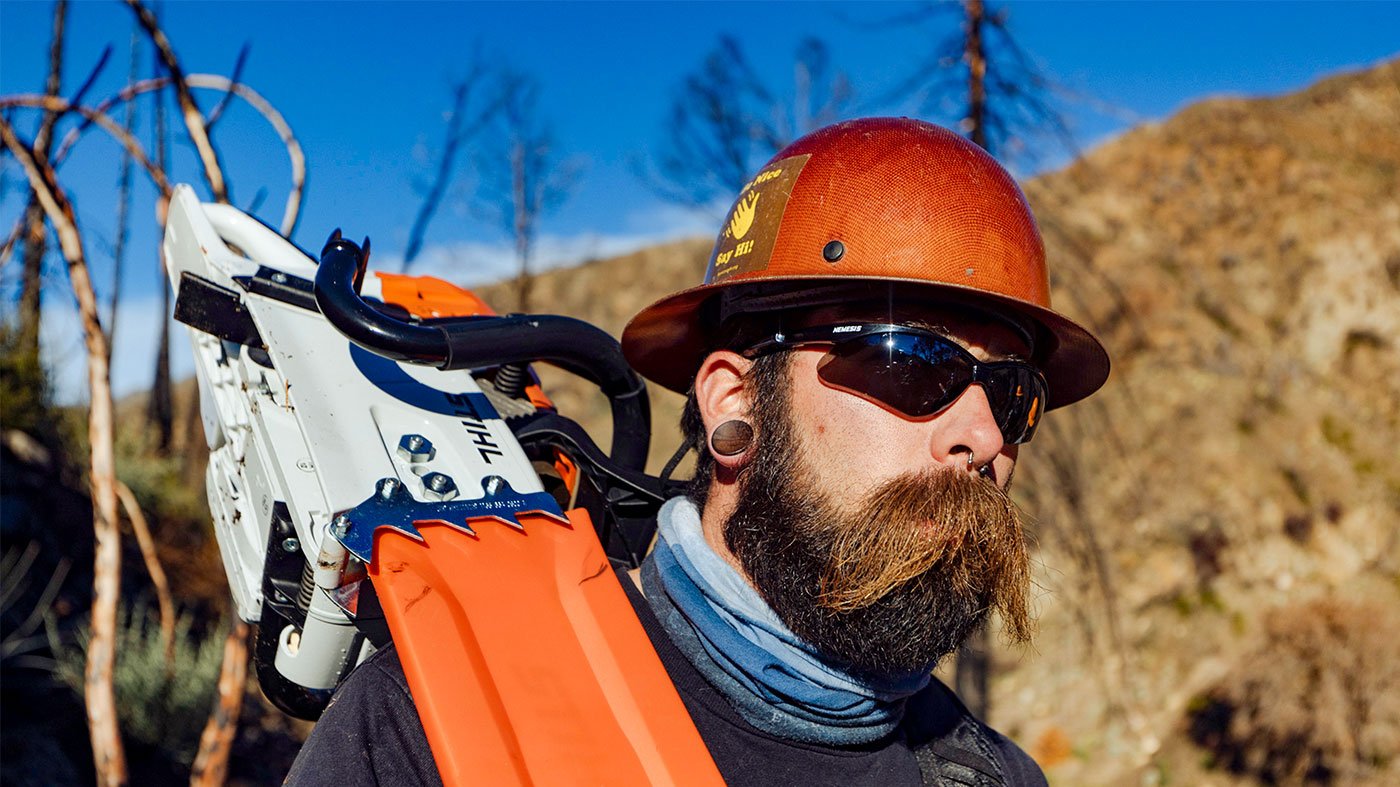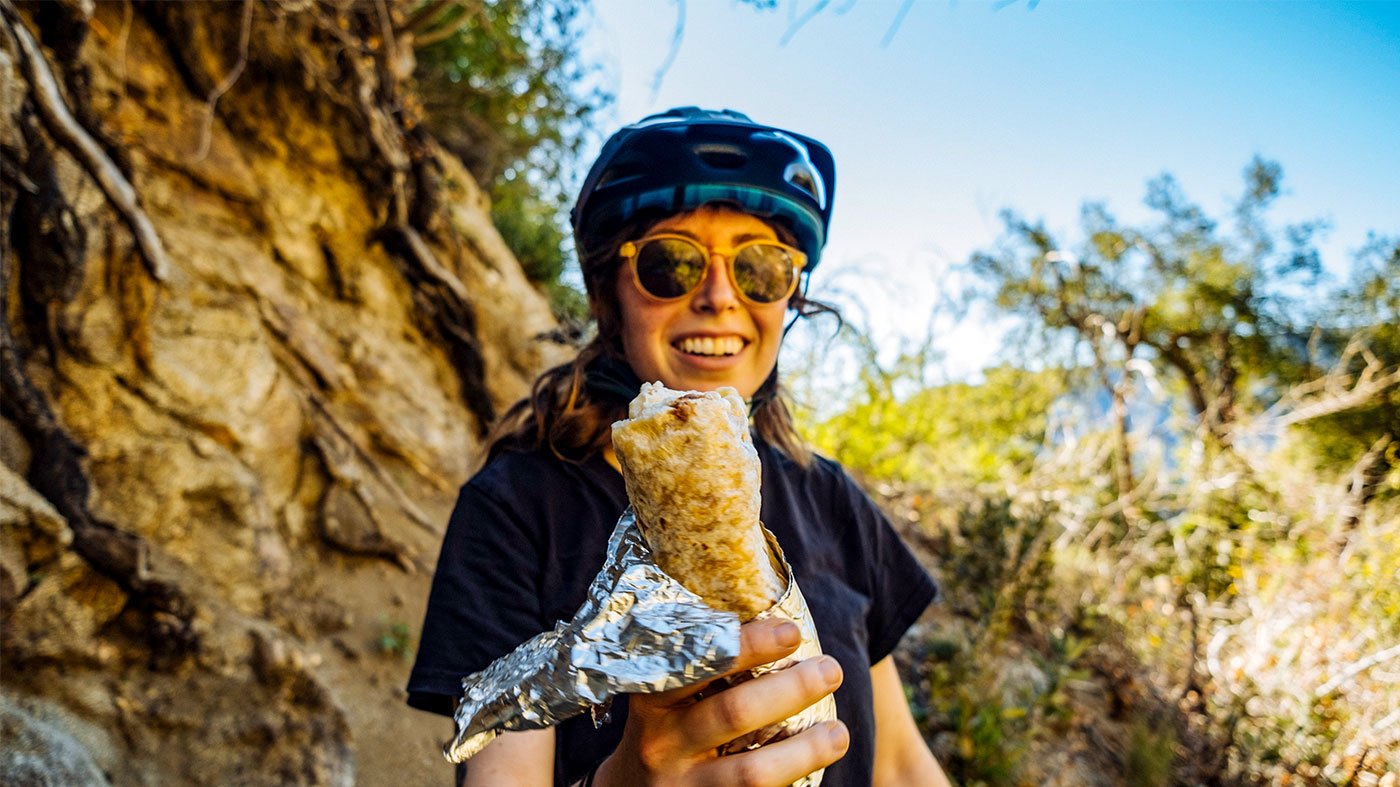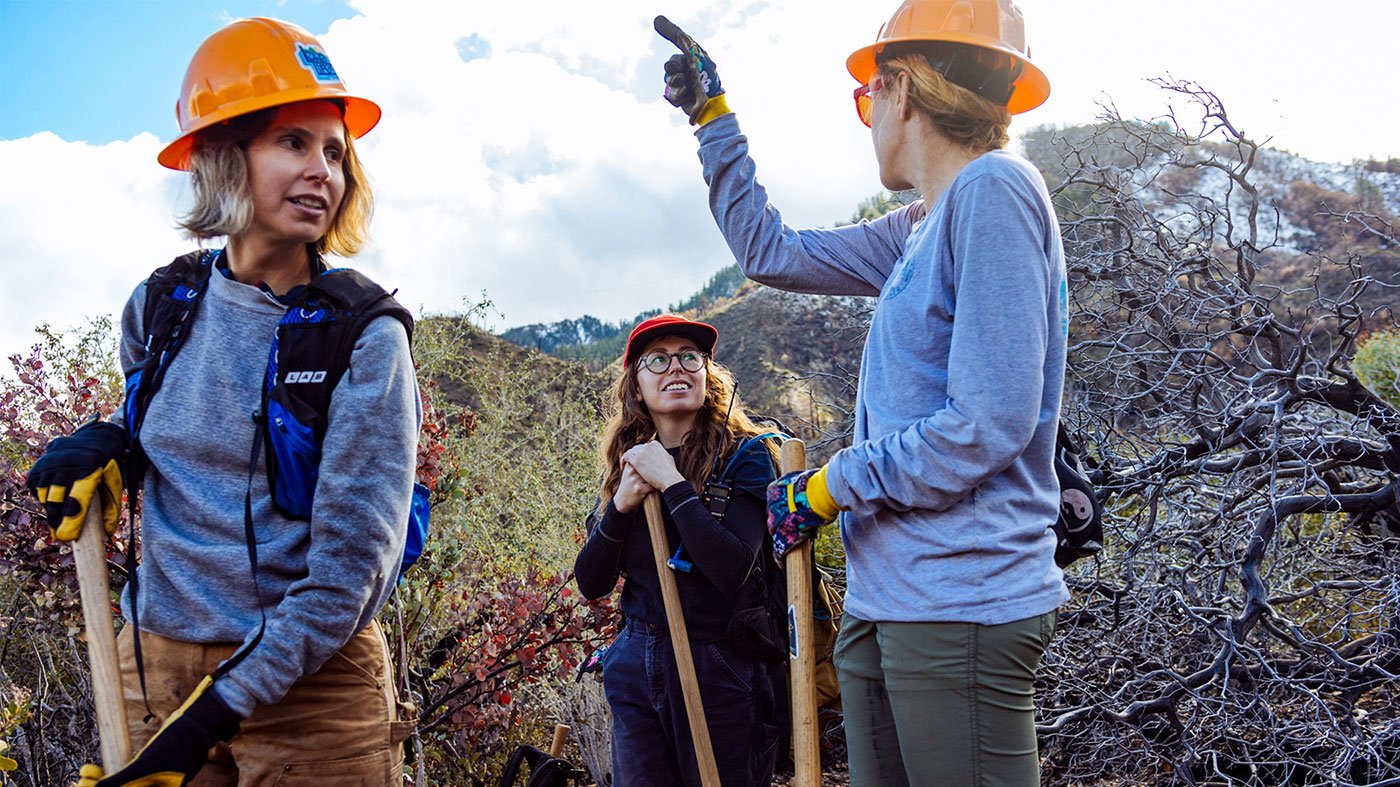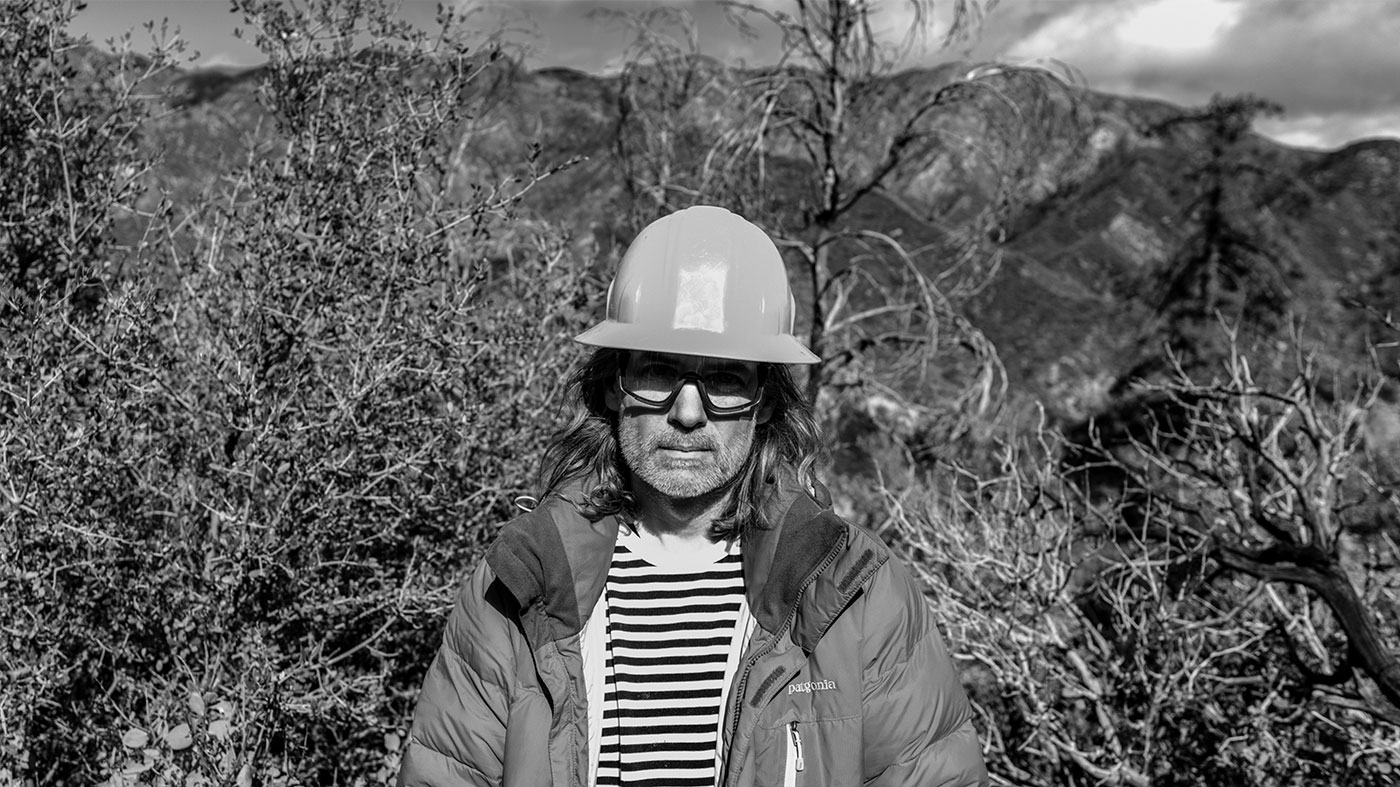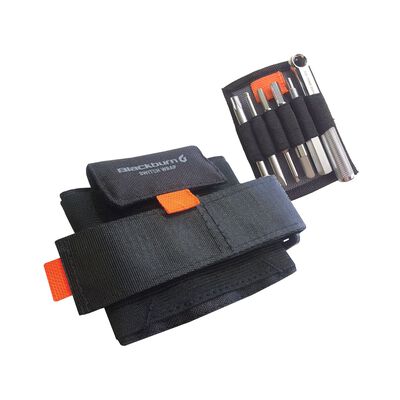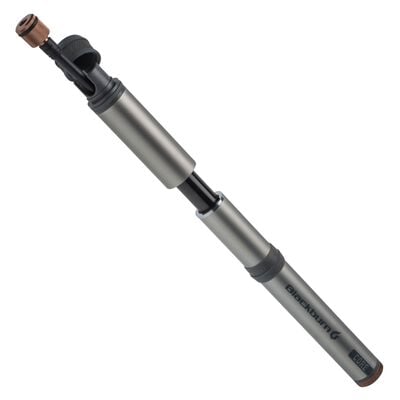Words: Daniel Powell
Photos: Brian Vernor
If you head out into the woods just about anywhere these days and swing a Pulaski in any direction, you are bound to hit someone doing work on one of your favorite trails.
For as long as there have been trails, there have been trail builders. Sure, some OGs may claim that the Klunkers pretty much stuck to fire roads. And of course, many early mountain bike trails were simply co-opted hiking or equestrian trails. But as the years rolled on, mountain bikers banded together all over the world to form trail building organizations.
For many, these organizations are part of what make mountain biking so unique, and also, so very intimate. For better or worse, trail building orgs allow riders to affect their own future by allowing them to build the trails they will one day end up riding. They are the conduit that bridges the gap between user groups, municipalities, and landowners. They also provide many riders a strong social connection with like-minded souls.
One such organization, The Lowelifes Respectable Citizens Club, is at this very moment hard at work on a trail in the hills of the Angeles National Forest. The Condor Peak Trail was up until recently, a dormant but infamous hiking trail.
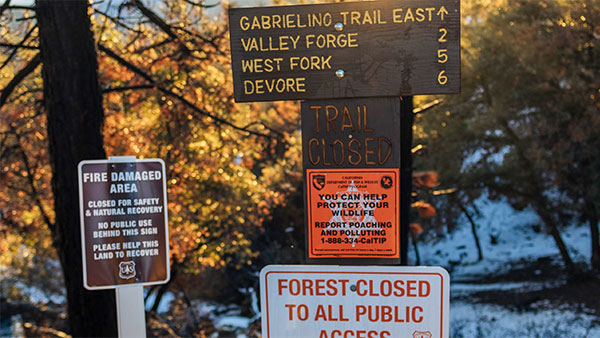
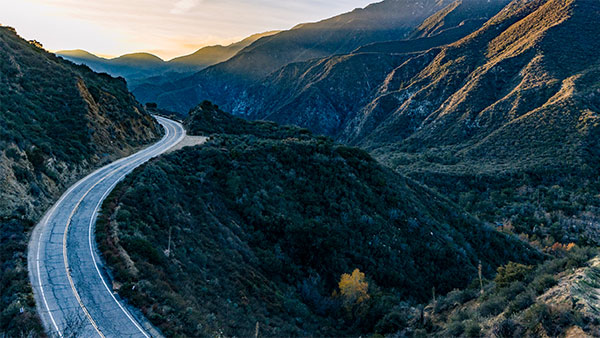
One such organization, The Lowelifes Respectable Citizens Club, is at this very moment hard at work on a trail in the hills of the Angeles National Forest. The Condor Peak Trail was up until recently, a dormant but infamous hiking trail.
It was the worst grown-in chaparral you could imagine. Just complete warfare with decades of chaparral grown in.— Matt Baffert
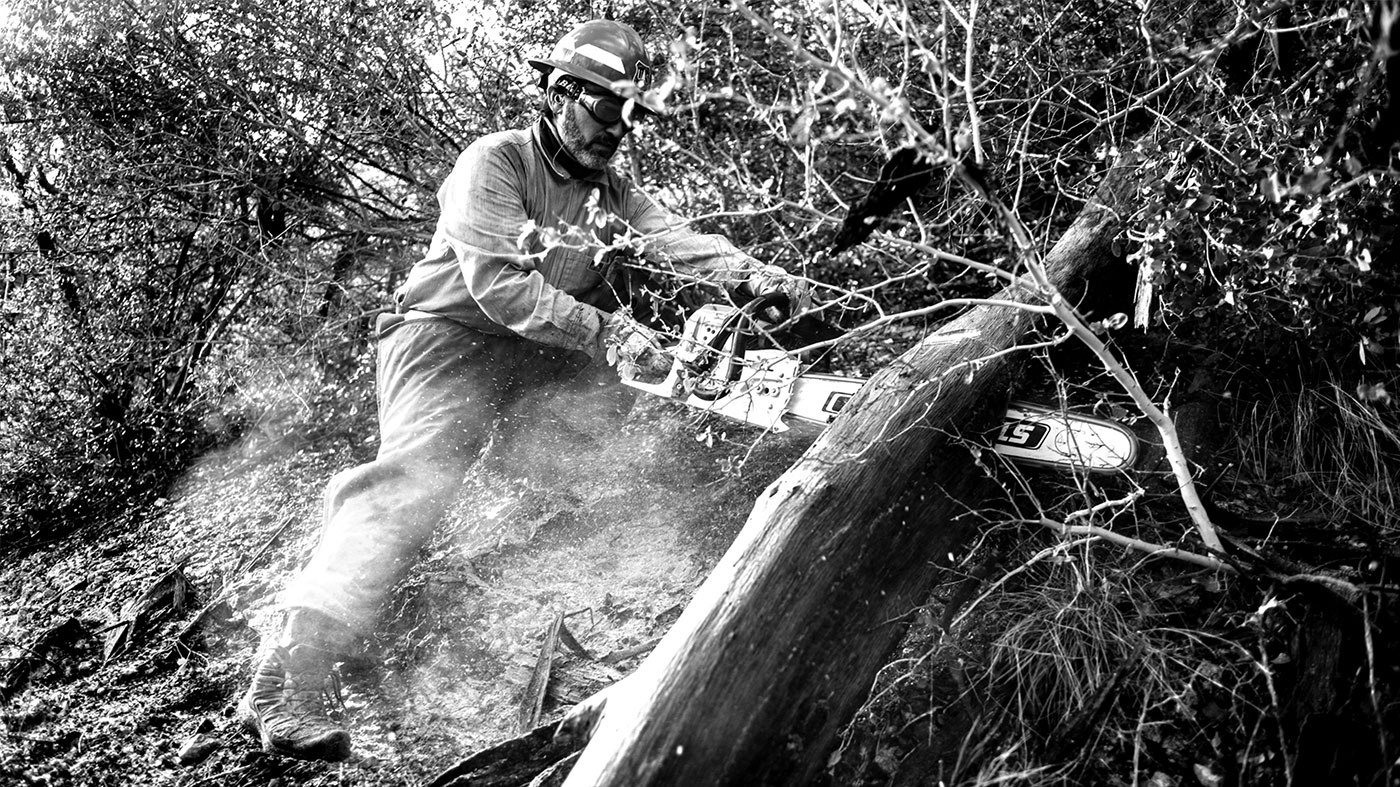
“L.A. has a phenomenal number of trails that people really don’t use. They’re just out there. It’s neat. I just wanted to get them working better and dialed.”
Baffert, a carpenter by trade, wasn’t always a trail builder. Or even a mountain biker.
“I mountain biked a little bit in the ‘90s, didn’t really vibe hard with it. I was a diehard surfer. Looking back on it, the bike that I had, which I still have, and the trails that I rode…Man, it’s no wonder I didn’t like it at that age.”
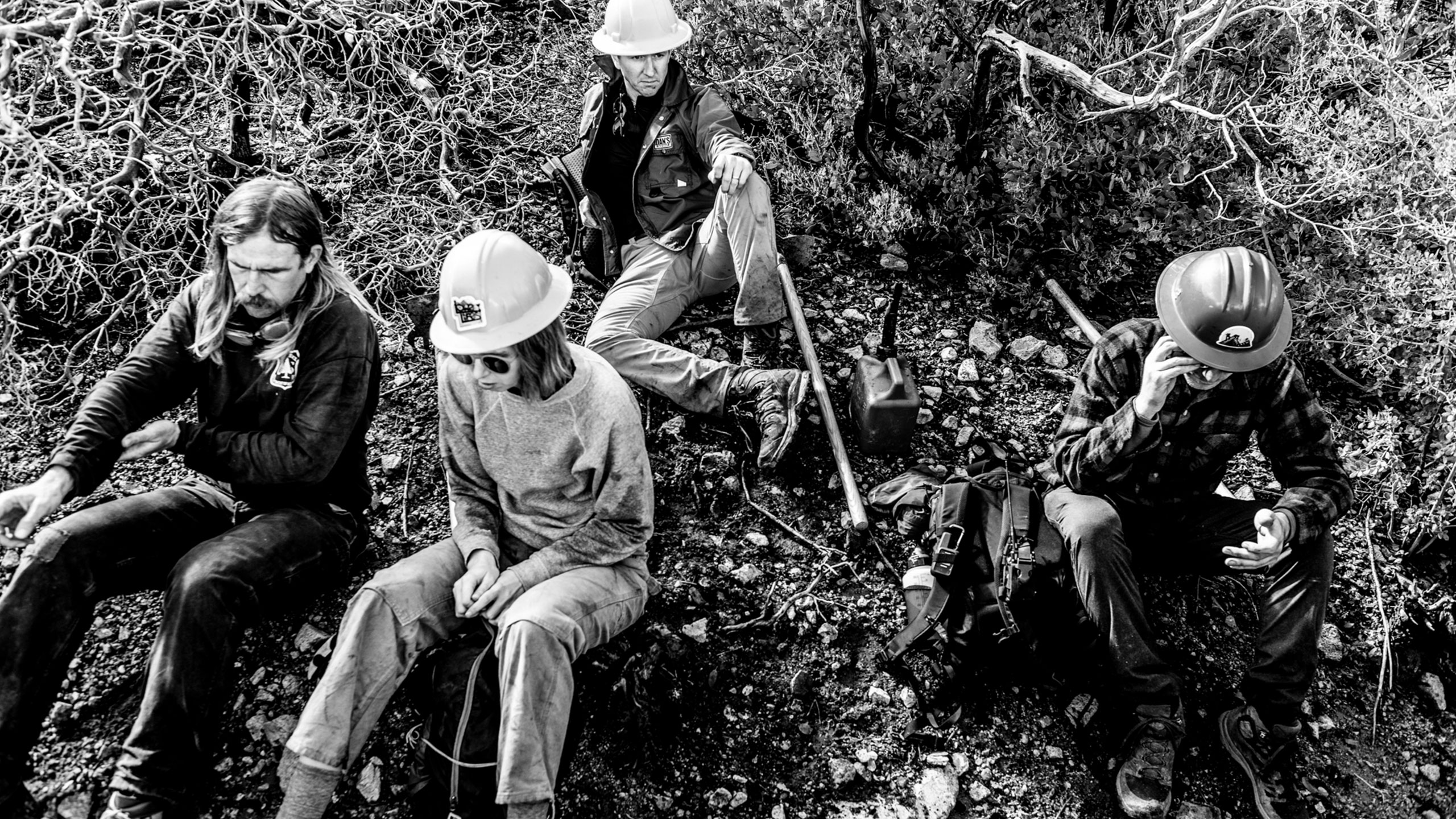
But by 2010 Baffert had a circle of riding buddies and had begun to explore the immense network of mountain trails and fire roads around LA. They saw potential in the existing but often underutilized trails they found and wondered why people weren’t doing maintenance on them. It turned out there were folks out doing trail work, The Mount Wilson Bicycling Association was just one organization. By 2014, Baffert was doing regular trail workdays with them.
Baffert’s riding crew ran into a Mt. Wilson work crew on a ride. When they asked how they could get involved, they were told “show up here at this time” for a workday. Within a year, he was running their trail program conducting restorations all over the region. What followed was several great years maintaining lots of trails and forging many strong friendships within the community. By 2018 though, it was time for a change.
“I’d wanted to do my own thing. It was different than the mission of the Mt. Wilson group which already had in place since the ‘80s. I wanted to dive deeper into the forest and do some bigger projects and…scale towards a paid trail crew eventually,” Baffert adds with a pause. “I mean, we haven’t got there yet.”
What the Lowelifes HAVE done is pour more than 2500-man hours into bringing back Condor Peak. The trail itself is currently 10.4 miles and has 4100 feet of elevation gain (or loss) depending on which way you ride it. But beyond bringing a forgotten hiking path to back to relevance, the Lowelifes have also built community.
“I think you must catch the people at the right time in their life where they’re prepared to do something good. I’ve met a lot of people doing trail work. The ones that have stuck in there and done trail work for years were all like looking for something. This scratches an itch or fills that void or just makes them feel good,” he says.
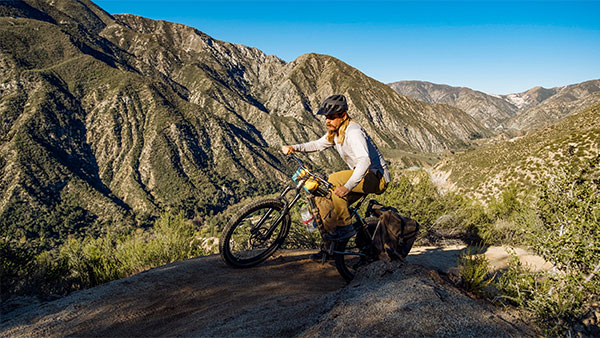
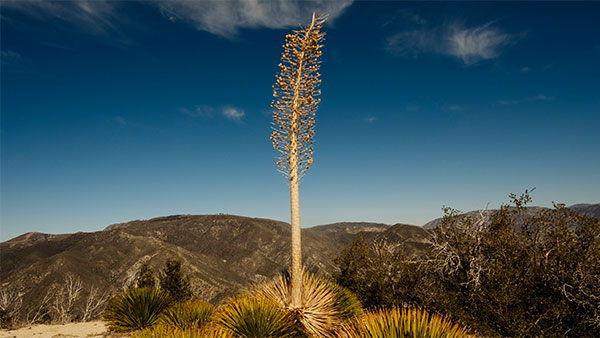
“What the Lowelifes HAVE done is pour more than 2500-man hours into bringing back Condor Peak. The trail itself is currently 10.4 miles and has 4100 feet of elevation gain (or loss) depending on which way you ride it. But beyond bringing a forgotten hiking path to back to relevance, the Lowelifes have also built community.”
I think you must catch the people at the right time in their life where they're prepared to do something good. I've met a lot of people doing trail work. The ones that have stuck in there and done trail work for years were all like looking for something. This scratches an itch or fills that void or just makes them feel good,” he says.
But what about that name?
“So, we’re Lowelifes, L-O-W-E-lifes, after Mount Lowe. I just thought it was funny within our volunteer ranks at the national forest, you know, the mountain bike community has kind of always…all the hiker groups kind of like to like stick their nose up at us.”
“Obviously, Bro culture runs deep in mountain biking, and it can get even worse so once you get into the trail-work ranks. It’s one of the big things we’ve worked on. Trying to make it seem like this isn’t just for the dudes, you know, hucking laps and doing jumps. And we’ve been successful. We’ve had workdays where we’ve a 50/50 split between men an women. We’ve also got some non-riders that just come out to work and camp with us. They might never ride the trail they build.
